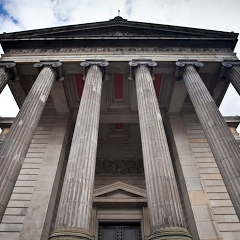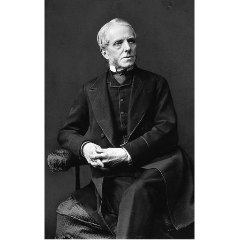Royal College of Surgeons, Nicholson Street, Edinburgh EH8 9DW

In 1937, Hastings Banda, who became the first President of independent Malawi in 1966, travelled to Edinburgh to study medicine. At the time, the Royal College of Surgeons was one of Britain’s only non-university institutions providing a respected medical qualification, the Scottish Triple. Taking his final examinations in 1940, Banda passed all his courses except Surgery and Midwifery. He passed on his fifth attempt, however, and was finally awarded his diploma in July in 1941. In 1977, President Banda donated £350,000 to the College, receiving an honorary fellowship in return. A plaque commemorating Banda was erected outside, but during the campaign for multi-party democracy in the early 1990s, Banda came under widespread criticism. He was an absolute ruler who had outlawed all other political parties and owned 45% of Malawi’s GDP. Despite this, the College refused to take a political stance when asked to return Banda’s donation to Malawi. Dr. Paul Reece noted that no “donations should have been made by the President to a royal college in the UK when there are all the problems in Malawi itself. When I was there we were having adults admitted with starvation.” The College refused, but the plaque has been removed.



